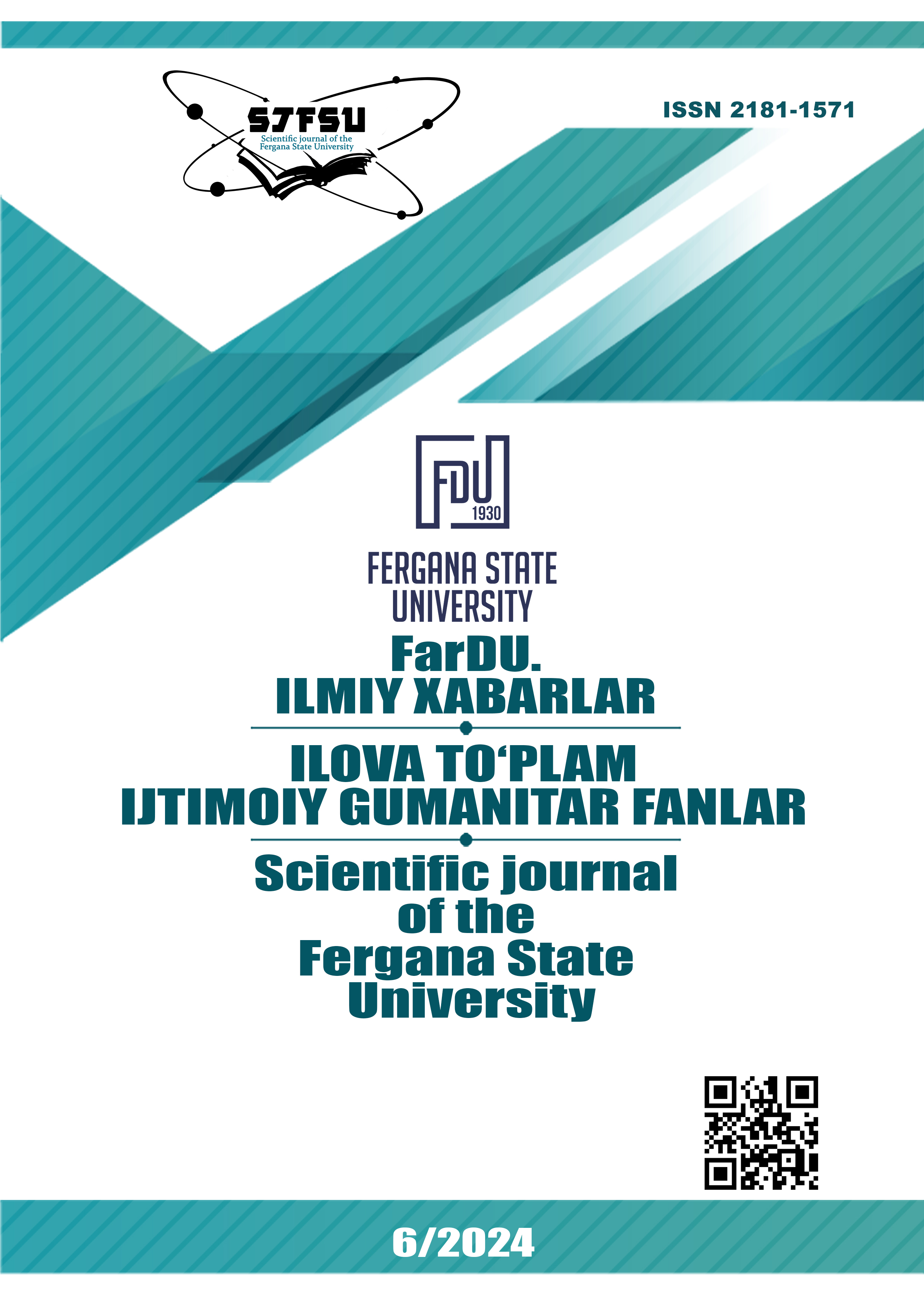THEORETICAL FOUNDATIONS OF BLENDED LEARNING TECHNOLOGY AND ITS SIGNIFICANCE IN THE EDUCATIONAL PROCESS
Keywords:
blended learning, educational technologies, innovative approach, flexible schedule, virtual classroom, online resources, interactive toolsAbstract
This article discusses blended learning as a modern pedagogical approach that integrates traditional face-to-face education with online and digital technologies. This approach enhances the learning process by offering students flexibility, opportunities for independent study, and access to interactive tools. Research findings highlight that blended learning effectively combines teaching methods and models, boosting student engagement and motivation. Within this system, students actively participate in the learning process, choose methods suited to their needs, and access diverse resources. Key advantages of blended learning include virtual classrooms, online assessments, and flexible schedules. Enriched with innovative technologies, blended learning plays a crucial role in modern education systems, contributing to improved educational outcomes.
References
Babaxodjaeva L.G. Talabalarning pedagogik kompetentligini rivojlantirish jarayonida aralash ta’lim modelini joriy etishning nazariy va amaliy asoslari, avtoreferat. — T.: CHDPU, 2021. — 16 b.
Chew E., Jones N., Turner D. Critical Review of the Blended Learning Models Based on Maslow’s and Vygotsky’s Educational Theory’ in Hybrid Learning and Education. Berlin, Springer Verlag Publ., 2008, pp. 40–53. DOI: 10.1007/978-3-540-85170-7_4.
Edward, C. N., Asirvatham, D., & Johar, M. G. M. (2018). Effect of blended learning and learners’ characteristics on students’ competence: An empirical evidence in learning oriental music. Education and Information Technologies, 23, 2587–2606.
Garrison, D. R., & Kanuka, H. (2004). Blended learning: Uncovering its transformative potential in higher education. The Internet and Higher Education, 7(2), 95–105.; Moskal, P., Dziuban, C., & Hartman, J. (2013). Blended learning: A dangerous idea? The Internet and Higher Education, 18, 15–23.
Ghazali, R., Soon, C. C., Has, Z., Hassan, S. N. S., & Hanafi, D. (2018). The effectiveness of blended learning approach with Student’s perceptions in control systems engineering course. International Journal of Human and Technology Interaction (IJHaTI), 2(2), 103–108.
Ismail, A. O., Mahmood, A. K., & Abdelmaboud, A. (2018a). Factors influencing academic performance of students in blended and traditional domains. International Journal of Emerging Technologies in Learning, 13(02), 170–187.
Poon, J. (2014). A cross-country comparison on the use of blended learning in property education. Property Management, 32(2), 154–175.
Procter C.T. Blended Learning in Practice. Available at: www.ece.salford.ac.uk/proceedings/papers/cp_03.rtf (accessed 17.03.2016).
Downloads
Published
Issue
Section
License
Copyright (c) 2025 Scientific journal of the Fergana State University

This work is licensed under a Creative Commons Attribution-NonCommercial-NoDerivatives 4.0 International License.
Most read articles by the same author(s)
- Pakirdinova Sharofat Abdumutaljonovna, COMPARATIVE ANALYSIS OF ONLINE AND TRADITIONAL CLASSROOM LEARNING. , Scientific journal of the Fergana State University: No. 6 (2024): Scientific journal of the Fergana State University ADDITIONAL COLLECTION (Social humanities sciences)

